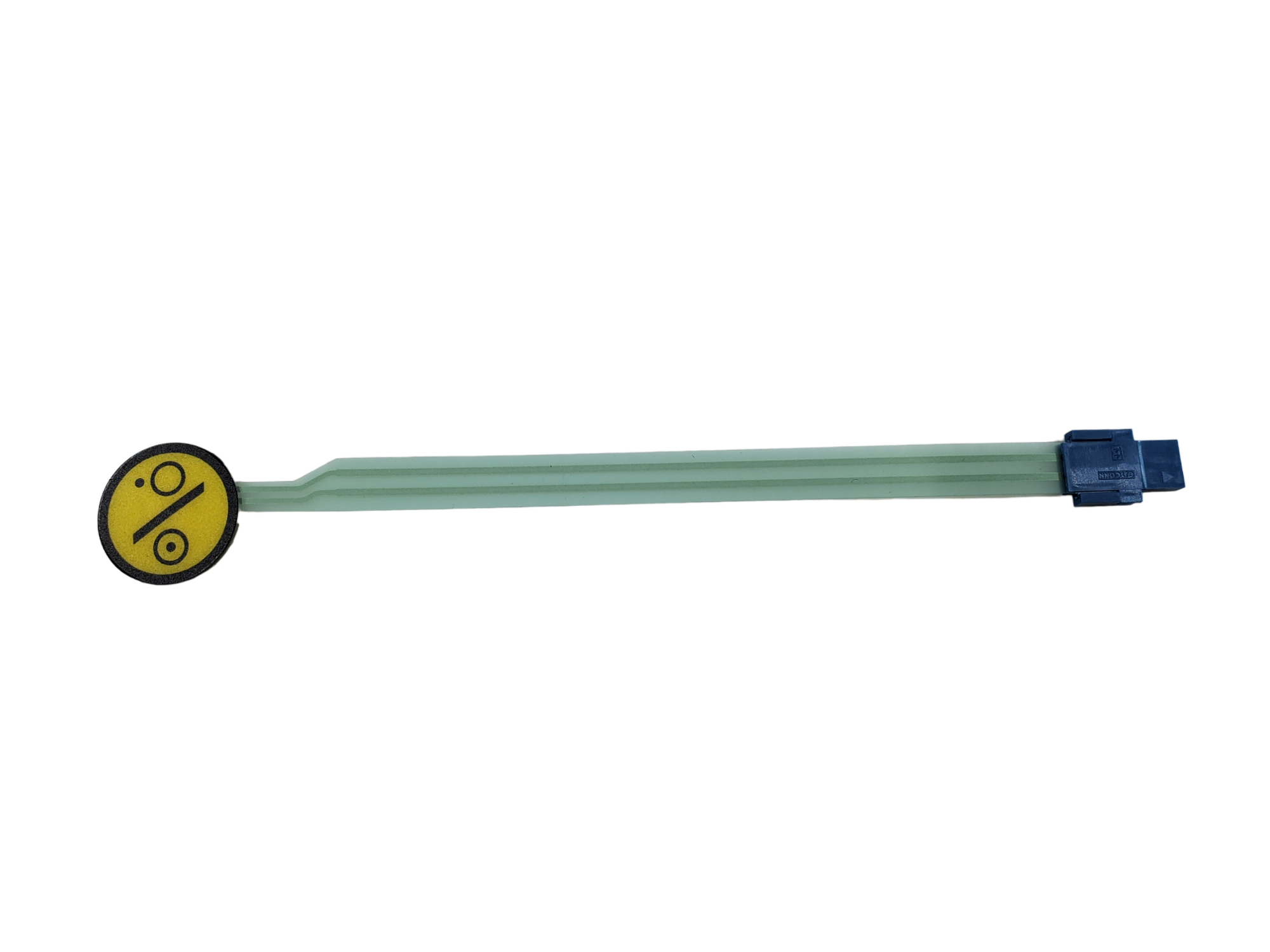How Membrane Switch Technology is Revolutionizing User Interfaces
How Membrane Switch Technology is Revolutionizing User Interfaces
Blog Article
Recognizing Membrane Layer Changes: The Secret to Reliable and long lasting Controls

What Are Membrane Layer Buttons?
Membrane switches are an innovative remedy in the realm of interface technology, incorporating functionality and layout effortlessly. These tools work as a user interface in between individuals and electronic systems, incorporating numerous components into a small style. Generally constructed from flexible, thin layers of materials, membrane switches are designed to reply to touch, allowing individuals to engage with equipment and digital gadgets successfully.
The key components of a membrane layer button consist of a published circuit layer, visuals overlay, and a spacer layer that stops unexpected activation. The visuals overlay can be tailored to mirror brand name identification or customer choices, improving aesthetic appeals while making certain use. Membrane layer buttons are frequently used in different applications, including medical tools, consumer electronics, and industrial equipment, owing to their resilience and resistance to environmental factors such as dampness and dirt.
One of the essential advantages of membrane layer buttons is their capability to endure wear and tear, making them ideal for high-traffic settings. Furthermore, they are lightweight and call for very little space, permitting cutting-edge styles in product growth. In general, membrane changes represent a efficient and sensible option for modern digital interfaces, weding innovation with user-centric design concepts.
How Membrane Layer Switches Job
The procedure of membrane changes joints on a simple yet efficient device that converts user input into digital signals. When a customer presses the button, the top layer warps, enabling a conductive component in the circuit layer to make call with a corresponding conductive pad on the bottom of the visuals overlay.
The design of membrane switches can differ, yet they commonly include domes or tactile aspects to supply responses to the user, improving the total experience - membrane switch. The materials utilized in membrane layer switches, such as polyester or polycarbonate, add to their sturdiness and resistance to ecological elements, including moisture and dust. In addition, the printed circuits are usually enveloped, which safeguards them from damage gradually.
Advantages of Membrane Buttons

In addition, membrane buttons are known for their sturdiness. Built from durable products, they are immune to dirt, wetness, and physical wear, which dramatically expands their lifespan compared to traditional mechanical switches. This resilience makes them especially appropriate for high-traffic atmospheres and applications needing durability.
One more substantial advantage is the convenience of cleaning and maintenance. The smooth surface of membrane layer switches over minimizes dust buildup and is frequently invulnerable to spills, making them excellent for setups that require regular sanitization.
Additionally, membrane layer switches use a streamlined account, leading to a thinner design that can be integrated right into numerous tools without including mass. This function not only improves the aesthetic appeal yet additionally adds to a much more ergonomic product layout.
Applications of Membrane Layer Buttons
Straightforward and functional, membrane layer buttons discover applications across a vast array of sectors, including medical devices, consumer electronic devices, and commercial tools. In the clinical area, these switches are important to gadgets such as diagnostic tools, person surveillance systems, and mixture pumps, where dependability and ease of cleaning are essential. Their capability to withstand rough settings and preserve performance makes them perfect for such applications.

In customer electronic devices, membrane buttons are used in items like microwaves, washing makers, and remote controls - membrane switch. Their streamlined style allows for instinctive interface, improving the total individual experience while giving longevity and resistance to tear and put on
Commercial tools additionally benefits from membrane layer buttons, particularly in control panels for machinery and automation systems. These switches use defense against dust and wetness, ensuring constant performance in difficult settings. Additionally, their adjustable functions permit manufacturers to tailor them to particular operational requirements, boosting performance and performance.
Picking the Right Membrane Layer Switch Over
When picking a membrane layer switch, it is vital to think about different elements that influence performance and viability for particular applications. The key considerations include ecological problems, responsive responses, durability, and design specs.
First, analyze the operating setting; buttons revealed to dampness, chemicals, or extreme temperature levels require specific products to guarantee longevity and capability. Next, evaluate the requirement for tactile feedback. Relying on customer communication, some applications might take advantage of a responsive feedback to confirm activation, while others might favor a non-tactile style for visual reasons.
Toughness is one more crucial factor; membrane switches need to be made to withstand constant use, effects, and abrasion. Ensure the picked button can sustain here are the findings the expected lifecycle, specifically in high-usage situations.

Verdict
In conclusion, membrane switches over serve as necessary components in the design of trustworthy and durable control systems across different sectors. The versatility of membrane changes permits for customized services that satisfy certain functional demands, reinforcing their importance in contemporary innovation.
Membrane layer switches represent an important facet of modern-day interface design, blending performance with durability in numerous applications.Membrane layer buttons are a sophisticated solution in the realm of user interface innovation, integrating capability and layout seamlessly. Generally constructed from versatile, thin layers of products, membrane layer buttons are made to react to touch, making it possible for customers to interact with machinery and electronic devices effectively.
The layout of membrane layer buttons can differ, however they commonly integrate domes or tactile elements to provide feedback to the customer, boosting the total experience.In verdict, membrane layer changes serve useful source as crucial parts in the style of reputable and resilient control systems across numerous markets.
Report this page